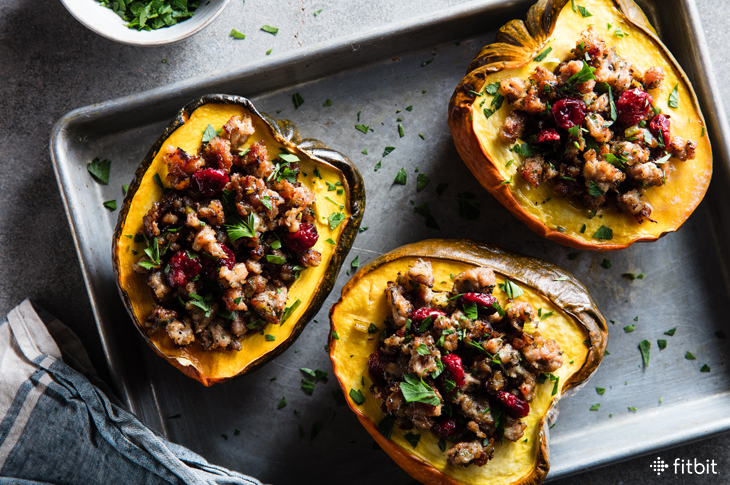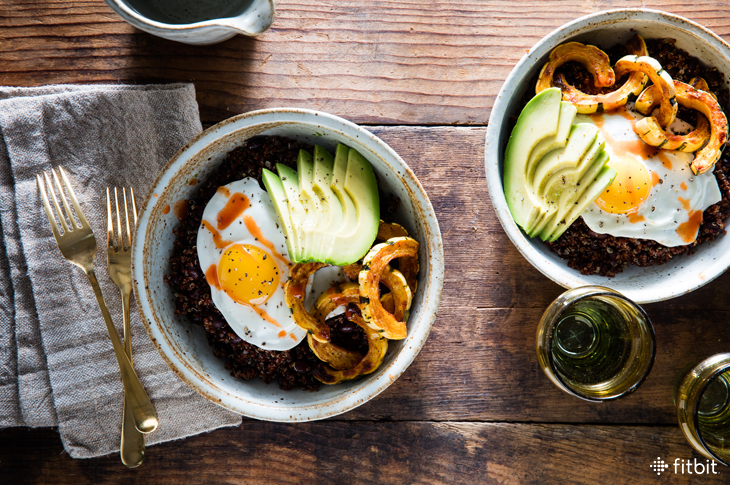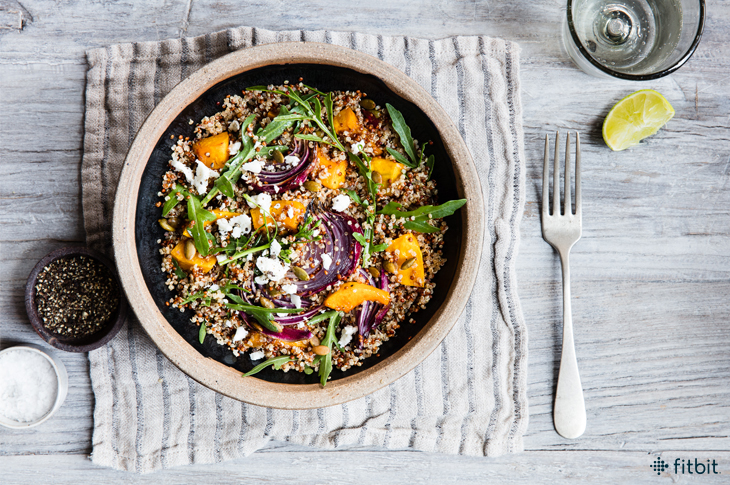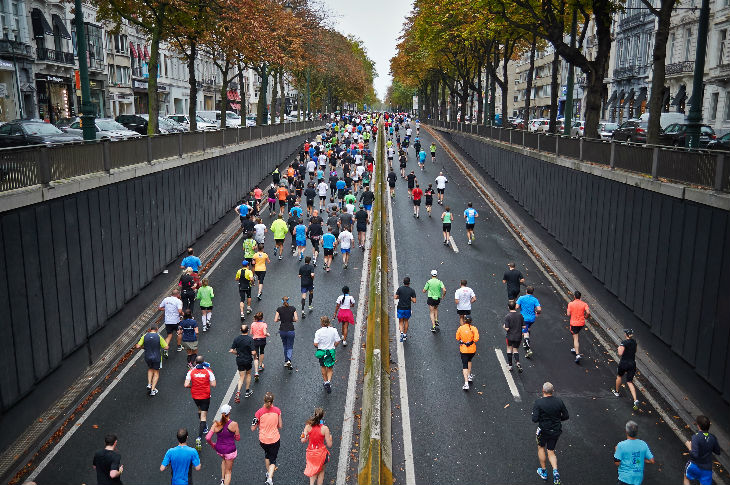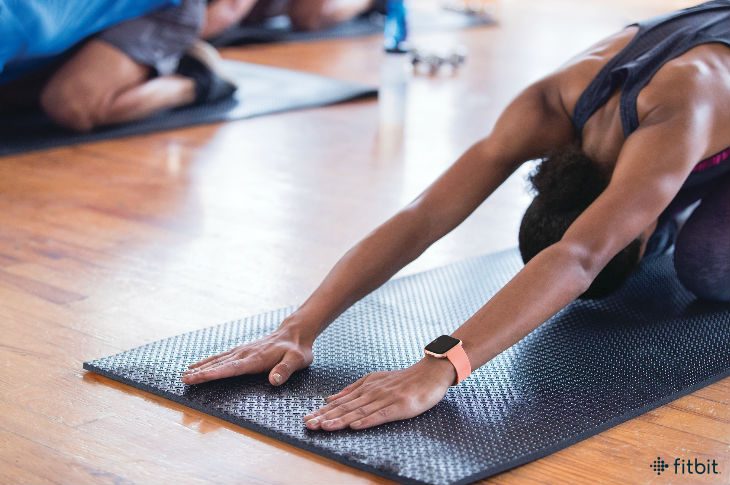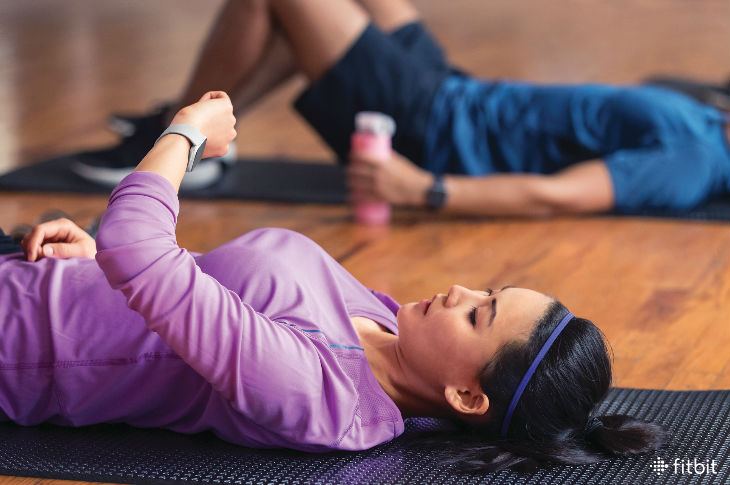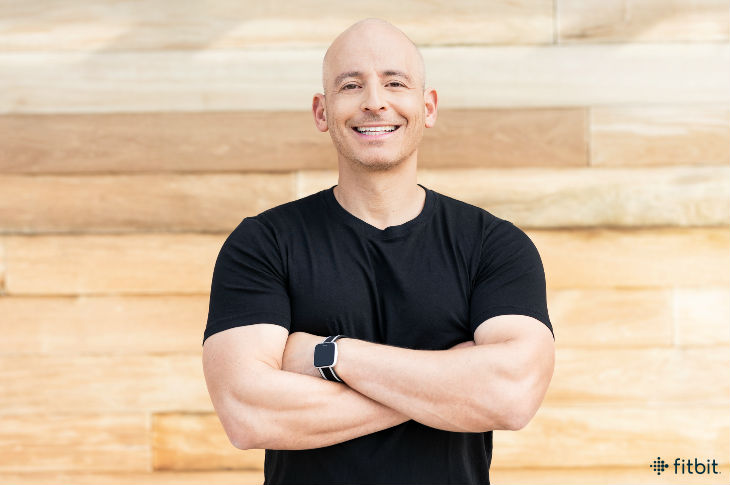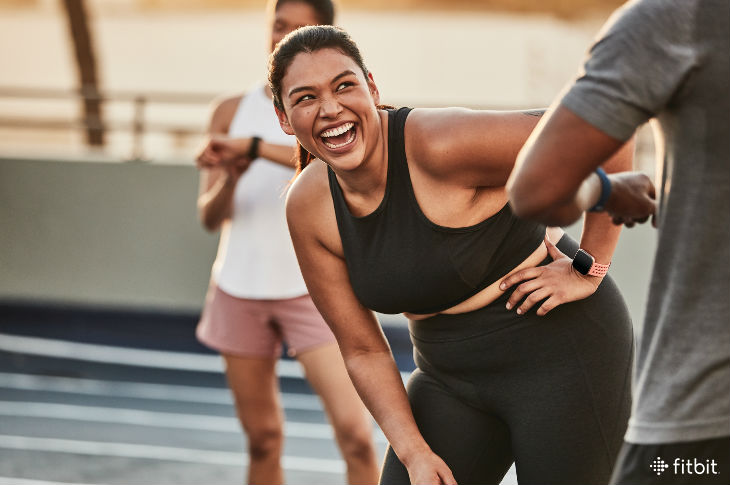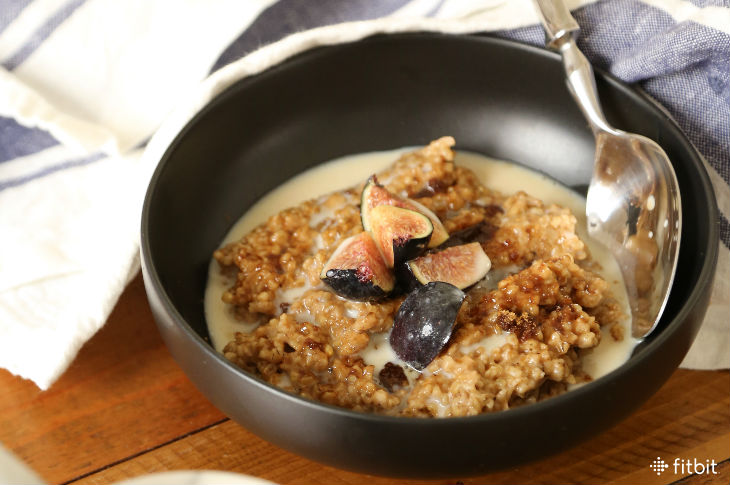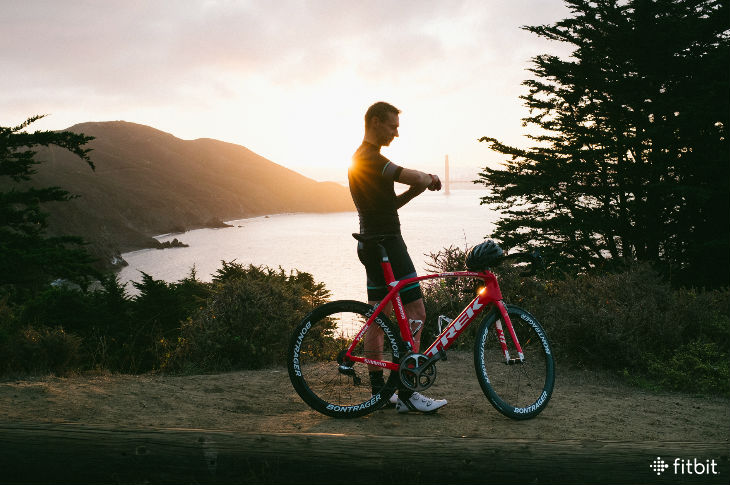
Looking for a good laugh? You’ve come to the right article. Read on for a chuckle taken at my own personal expense (and I don’t recommend trying this at home). It all started on August 17, when I broke my own rule. If you’ve read some of my previous Fitbit posts, you’ve likely heard me talk about this rule as it has become a common mantra of mine. What’s the rule, you ask? To prepare, to not overestimate your fitness and to be reasonable with goals when you ride your bike.
The Backstory
So, what happened? For the past five years, there’s been a bike ride in Wisconsin called the Ride Across Wisconsin. For the first four years, it always started in Dubuque, Iowa, right on the border. We would start at 6AM, cross the mighty Mississippi River, and, within a mile, we were in the “Forward” state. We would then follow the southern border until we finished 175 miles (280km) later in Kenosha, right on Michigan Lake, which is about 60 miles north of Chicago.
In my first year, I had no worries as I had some leftover fitness from my days as a professional cyclist under my belt. Fast forward four years, though, and participants started to complain about always having to ride the same route. Personally, I didn’t mind as it had become a tradition for me. Anyway, the organizers ended up changing the route, and the distance jumped up to a whopping 225 miles (345 km), to be done in just one day.
They did offer a two day ride option, but of course that was out of the question for me. The ride now started in Lacrosse, Wisconsin, right on the border to the neighboring state of Iowa and would finish 225 miles later in Green Bay, which is also located on the shores of Lake Michigan.
The Circumstances
The joke really begins now with my preparation and training for this 225 mile bike ride, or should I say, my nonexistent preparation—something I knew would hit me hard in the end.
Before the Wisconsin race in August, I was working as a commentator for NBC at the Tour de France in early July. Besides squeezing in one short bike ride with my wife a few days before my departure date, I spent time with my family, having ice cream and visiting the little adventure farm close to Berlin. Needless to say, I hardly touched my bike that weekend.
While at the Tour de France, we spent most of our days driving in the car to the stage finishes. Not to mention space was limited, so I opted to bring my running shoes instead of my bike (wanting to avoid the headache if it got damaged during transport as well). So yes, you guessed it! I was bike-less for the whole three week duration of the Tour de France.
To really express to you how unprepared I was for this race, my children’s summer school holiday and my parents’ “Golden Wedding” or 50-year anniversary, fell almost exactly on the same dates as the Tour de France. So we decided to have a little city trip before the Tour began to celebrate that included no training for me at all. While working at the Tour de France, my family came to visit me; immediately afterwards, we headed to Paris, then London for another week.
So now we are at a grand total of 6 weeks with no training. With only two weeks left until the big Wisconsin race, I didn’t panic. Instead, I kept my cool and celebrated my wife’s birthday, which has a zero bike-riding policy.
This brings me to my final incident. Sadly, we had a true tragedy rock our family. Our beloved dog, Bella, was struck and killed in a car accident. The final weeks before the race were spent healing with my family and taking care of our kids. The last thing I thought about was hopping on my bike.
Finally, my travel day came and just when I didn’t think anything else could get in between myself and this race, my usual bad luck with air travel pulled through. After my flight from Newark to Madison was delayed, I didn’t get to bed on Friday until around 2am, which was followed by a 3:50am wake up call with the race starting at 5am.
The punchline: In the seven weeks leading up to this epic 225-mile ride, the only time spent on my bike was a short ride by myself and two tours with my wife, which was about equivalent to 40 miles in seven weeks.
The Aftermath
I had officially broken my own rule—the golden rule I’ve been preaching to all of you folks for years now. Fortunately, I still made it to the end using some muscle memory, being already familiar with physical pain and my determination not to give up. However, victory didn’t come at an easy price. I had a crisis every 30 or 40 miles that involved cramps, a sore butt and back, legs running on empty, and an upset belly from all the sugary drinks and high-energy food I had been consuming. I was in a terrible shape without an appetite for about three hours. It got to the point where getting into a crash, breaking my collarbone but getting to ride in the back of an ambulance, seemed less painful. My point is, I broke my golden rule and paid the price.
The Takeaways
I did, however, follow some advice that helped me get through, which includes meeting then riding with new friends, eating and drinking enough, stopping at each rest stop, staying positive, and breaking every challenge down to a manageable portion. All in all, it took me 13 hours and 21 minutes to complete the 225 miles, finishing with the first third of the 950 starters. It was quite the adventure, pushing me to my limits—not only physically but psychologically. I was very proud but I rode myself completely into the ground that day.
So, for me, always preparing and not repeating the same mistake again is on my list of New Year’s resolutions. What’s on yours?
The post Even Jens Voigt Broke His Golden Rule Once–Here’s His Comeback Story appeared first on Fitbit Blog.
source https://blog.fitbit.com/jens-voigt-golden-rule/


